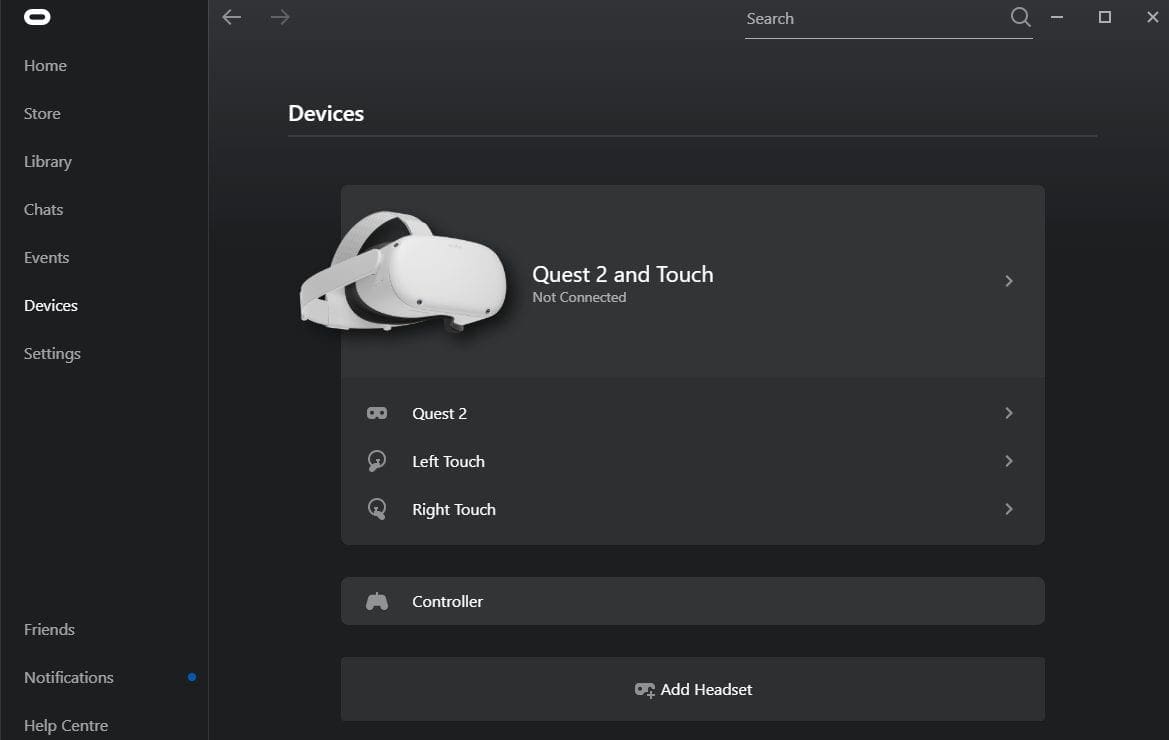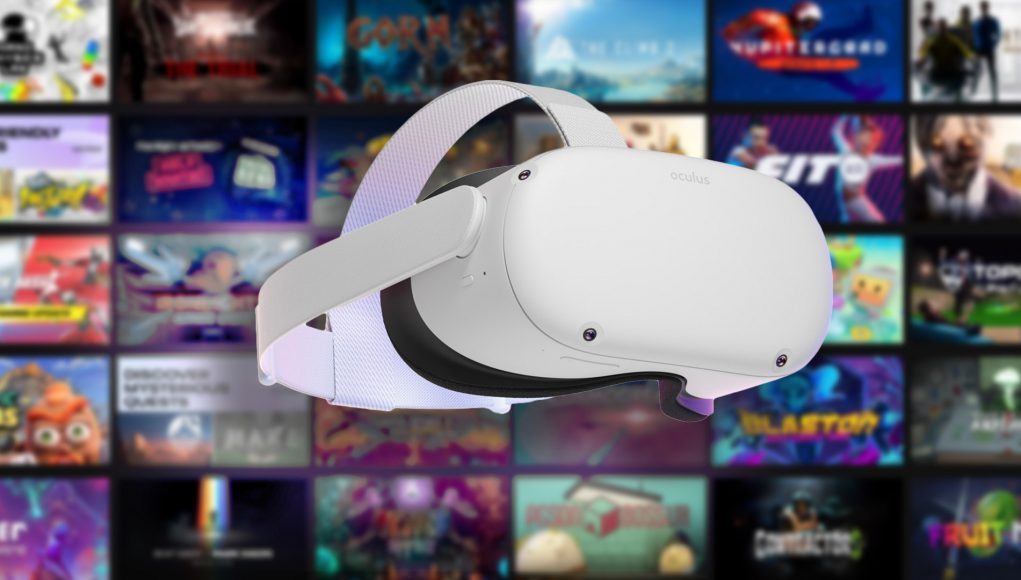
Your headset audio or mic aren't working?

For that, see this guide for more information. If not, open Windows Device Manager on your PC and check your USB power saver settings disable any power saving if necessary.įor anything beyond that, you're going to want to try and maximize your VR performance generally.

If you're plugged into a front USB port, swap to a back port-which tends to have more power-and see if performance improves. Your issues may come from a "weak" USB port being unable to handle transferring that much data for long periods. Next, try plugging your Oculus Link into a different USB 3.0 slot. If you've used your PC to power an Oculus Rift S, it's very plausible that it should handle Oculus Link demands just as easily. Start by checking the Oculus Link compatibility page (opens in new tab) for the latest list of minimum VR requirements and supported GPUs.

If you don't see these prompts or have any other problems, try the following: You should hopefully see a prompt on the PC software to Add Quest as a device, as well as a pop-up to Enable Link to your connected headset.

Twice the data transfer, half the length: GodSpin USB-C to USB-C Cable (6.6 feet) (opens in new tab) ($30 at Amazon).Oculus-approved USB 3.0 cable: Anker Powerline USB-C to USB 3.0 Cable (opens in new tab) ($13 at Amazon).Best option (when available): Oculus Link Headset cable (opens in new tab) ($79 from Best Buy).


 0 kommentar(er)
0 kommentar(er)
